Description
Study for ‘The Wounded Buffalo’; hill sage, buffalo head and hoof, bull berry, stone axe and cactus … by Charles Ferdinand Wimar printed on a Hoodie
About the Hoodie
Modern fit
It provides a more tailored look than a regular fit
Comfortable
The fabric and fit of this item are extra comfy
Tear-away tag
Easily removable tear-away tag that allows you to add a custom inside label
Premium quality
The product is made from premium, high-quality materials
Classic unisex hoodie with a front pouch pocket and matching flat drawstrings. The 100% cotton exterior makes this hoodie soft to the touch.
- 65% ring-spun cotton, 35% polyester
- Charcoal Heather is 60% ring-spun cotton, 40% polyester
- Carbon Grey is 55% ring-spun cotton, 45% polyester
- 100% cotton face
- Fabric weight: 8.5 oz./yd.² (288.2 g/m²)
- Front pouch pocket
- Self-fabric patch on the back
- Matching flat drawstrings
- 3-panel hood
- Tear-away tag
Charles Ferdinand Wimar (1828-1862)
Karl Ferdinand Wimar, was a German-American painter who concentrated on Native Americans in the West and the great herds of buffalo.
He is known for an early painting of a colonial incident: his The Abduction of Boone’s Daughter by the Indians (1855–56), a depiction of the 1776 capture near Boonesborough, Kentucky of Jemima Boone and two other girls by a Cherokee-Shawnee raiding party.
Born in Siegburg, Germany, Wimar immigrated to the United States at the age of 15 with his family. They settled in St. Louis, Missouri, which attracted numerous German immigrants in the major 19th century emigration.
In 1846 he began studying painting with Leon Pomarede. Together they traveled up the Mississippi River. In 1852 he went to the Düsseldorf Academy to study with Emanuel Leutze. He is associated with the Düsseldorf school of painting.
Wimar returned to St. Louis in 1856. About this time, he painted a notable incident from the colonial era, The Abduction of Boone’s Daughter by the Indians (1855–1856). It was one of his first works to achieve notice in the United States. A recent exhibit at the Amon Carter Museum described the painting as showing five Indians and Jemima in a canoe, each wondering when rescuers would come for her.
Wimar primarily painted the themes of Indian life on the Great Plains, showing the Native American hunts of buffalo and other activities related to their nomadic lives. He also painted scenes of the emigrant wagon trains that carried pioneer settlers across the western expanses.
He made two long trips in 1858 and 1859 up the Missouri River, and was inspired by his experiences and observations of Native American life. He also traveled up the Mississippi.
Among Wimar’s most well-known works were murals painted in 1861 in the Rotunda of the St. Louis Court House. The building is now part of the Gateway Arch National Park.

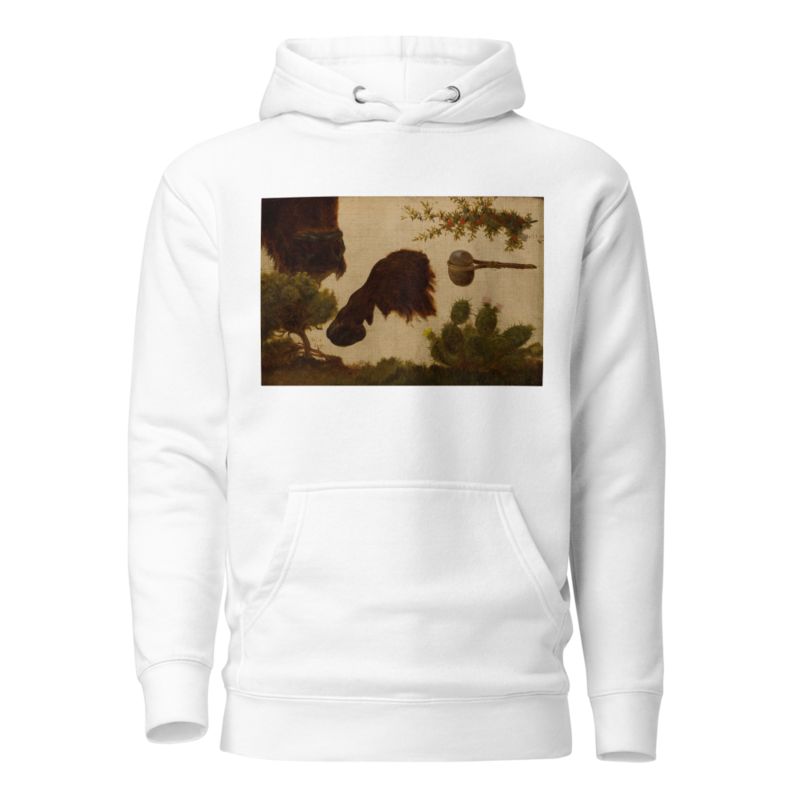
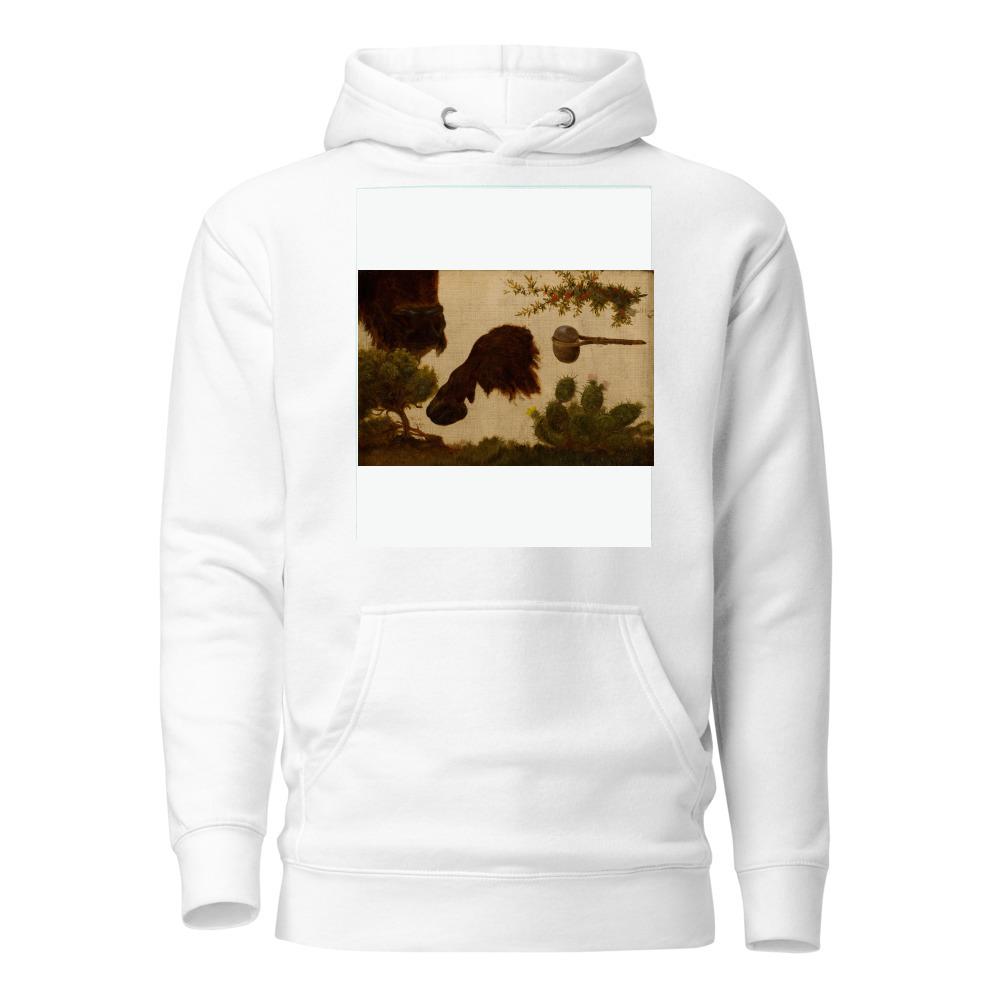
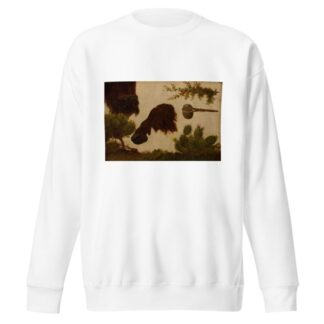
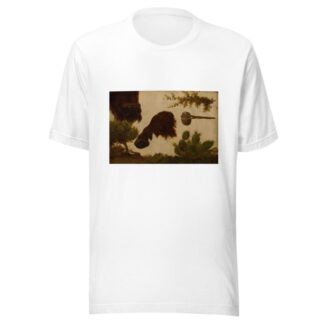
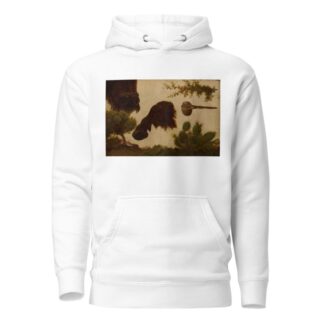
Reviews
There are no reviews yet.